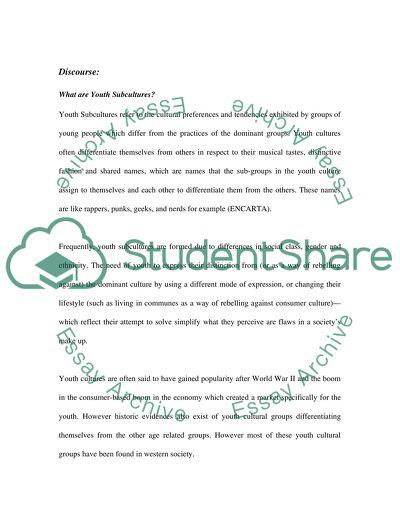Cite this document
(“The Realities of Post-Modern Society Have Made the Concepts of Youth Essay”, n.d.)
The Realities of Post-Modern Society Have Made the Concepts of Youth Essay. Retrieved from https://studentshare.org/miscellaneous/1507152-youth-culture-and-youth-subculture
The Realities of Post-Modern Society Have Made the Concepts of Youth Essay. Retrieved from https://studentshare.org/miscellaneous/1507152-youth-culture-and-youth-subculture
(The Realities of Post-Modern Society Have Made the Concepts of Youth Essay)
The Realities of Post-Modern Society Have Made the Concepts of Youth Essay. https://studentshare.org/miscellaneous/1507152-youth-culture-and-youth-subculture.
The Realities of Post-Modern Society Have Made the Concepts of Youth Essay. https://studentshare.org/miscellaneous/1507152-youth-culture-and-youth-subculture.
“The Realities of Post-Modern Society Have Made the Concepts of Youth Essay”, n.d. https://studentshare.org/miscellaneous/1507152-youth-culture-and-youth-subculture.


